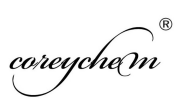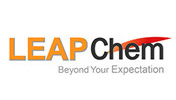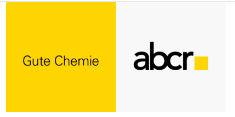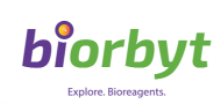Sodium Lauryl Sulfate
Sodium Lauryl Sulfate
- CAS:
- 751-21-3
- MF:
- C21H25N4O6PS
- MW:
- 492.49
Suppliers by country/region
Company Type
Properties
- Melting point:
- 204-207 °C(lit.)
- Boiling point:
- 776.8±70.0 °C(Predicted)
- Density
- 1.03 g/mL at 20 °C
- solubility
- H2O: 0.1 M, clear to nearly clear, colorless to slightly yellow
- pka
- 1.84±0.10(Predicted)
- form
- Powder
- color
- White to slightly beige
Safety Information
- Hazard Codes
- Xi
- Risk Statements
- 36/37/38
- Safety Statements
- 26-36/37
- RIDADR
- UN 2926 4.1/PG 2
- WGK Germany
- 2
- RTECS
- WT1050000
- F
- 3
Use
Sodium dodecyl sulfate (SDS) is one of the most commonly used detergent in house holds and in Industry. It is a component of a number of industrially useful products. After use, like all other xenobiotics, it is discharged in water bodies in huge amounts. Sodium Dodecyl Sulfate (SDS), a primary alkyl sulfate is a member of Alcohol sulfate family. Synthetic primary alkyl sulfates are based on feedstock derived from long-chain olefins by the use of the oxo process, which yields a mixture of linear and branched primary alcohols. Sulfonation of the mixed alcohols produces a mixture of linear primary alkyl sulfates (LPAS) and branched primary alkyl sulfates (BPAS), which have excellent detergent properties and are widely used in heavy-duty detergent applications. SDS denoted by molecular formula NaC12H25SO4, has a molecular weight of 288.38 g mol1. The SDS molecule combines a nonpolar hydrophobic region with a strongly polar anionic end-group, thus mimicking, and competing with, certain membrane lipids. The peculiar structure of SDS renders this small amphipathic molecule (MW 288.4) highly suitable for complex formation both with nonpolar side chains and charged groups of amino acid residues in polypeptides of all possible sizes and shapes, without rupturing covalent bonds. Figure 1 the chemical structure of SDS SDS synthesis is a relatively simple process involving the sulfation of 1-dodecanol followed by neutralization with a cation source. Purification is accomplished through repeated extraction. It is available commercially in both broad-cut and purified forms[1]. SDS is widely used in household products such as, toothpastes, shampoos, shaving foams, bubble baths, and cosmetics. In industry it is used as leather softening agent, wool cleaning agent, in paper industry as penetrant, flocculating agent, de-inking agent, in building construction as additive of concrete, oil well fire fighting, fire fighting devices, engine degreasers, floor cleaners, and car wash soaps etc. SDS can enhance absorption of chemicals through skin, gastrointestinal mucosa, and other mucous membranes. Importantly it is also used in transepidermal, nasal and ocular drug delivery systems, to enhance the intestinal absorption of poorly absorbed drugs and it is also now widely used in biochemical research involving electrophoresis[2]. Occurrence of SDS in environment arises mainly from its presence in complex domestic and industrial effluents as well as its release directly from some applications (e.g., oil dispersants and pesticides). It has been reported that SDS is toxic and affects survival of aquatic animals such as fishes, microbes like yeasts and bacteria. It is also toxic to mammals like mice and humans but to a lesser extent[3].
2 India supplier list of "Sodium Lauryl Sulfate"

- Product Name:Sodium Lauryl Sulfate
- Company Type: Reagent
- Country/Region: Gujarat,INDIA

- Product Name:Sodium Lauryl Sulfate
- Products Intro:Purity: 0.98 | Package: 1KG;10KG;50KG
- Company Type: Trader
- Country/Region: CHINA
- Product Name:SODIUM DODECYL SULFATE
- Products Intro:Purity: 99% | Package: 1KG;1USD|25KG;USD|100KG;USD
- Company Type: Trader
- Country/Region: CHINA











